 Otis House
Otis House
Architecture as Expression
The Federal Style
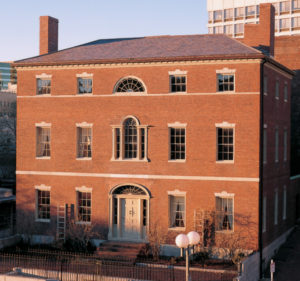
The Federal style, as illustrated by the Otis House, is characterized by flat, crisp elegantly proportioned exteriors, to which brick construction like that of the Otis House was especially suited; and by decorative embellishment, both on the interior and exterior, with delicate ornament of classical inspiration.
Charles Bulfinch (1763-1844) was one of the most important architects working in post-Revolutionary Boston. Heavily influenced by the Adam brothers, Neoclassical architects active in England, during his travels in Europe, Bulfinch began designing buildings in Boston that were of a similar style. The style became known as Federal architecture, and was very popular. In addition to the three houses he designed for the Otis family, Bulfinch was hired to design many houses, schools and public buildings in New England, including Boston’s new State House on Beacon Hill. Years later he moved to Washington, D.C. to work on the design of the United States Capitol Building.
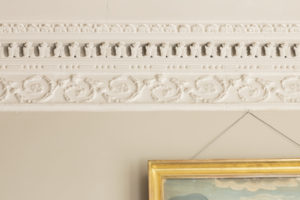
The design of the Otis House by Bulfinch shows typical characteristics of the Federal style, including a heavy emphasis on symmetry, and classical window shapes like the fanlight windows over the main entrance and on the third floor, and the very fashionable Palladian window on the second floor. The Otis House is an excellent example of a high style home in the Federal Era.
The interior of the house, with its delicate plaster cornices, sweeping staircase, Palladian window on the landing and grand entry with sidelights and fanlights, set a tone of elegance and grace when visitors entered.
Bulfinch Presentation Drawing
Federal Architectural FeaturesWhat Makes it Federal?
When Charles Bulfinch returned to Boston from Europe in the 1790s, he decided he would not settle down to any one business but spent several years giving architectural advice to his friends. At that time architecture was not considered a profession, but rather a leisurely pursuit for wealthy gentlemen. Bulfinch designed all three houses that the Otises built. The architect’s presentation drawing seen here displays the many features of Federal architecture. Note the low hip roof, flanking chimneys, marble string courses, neoclassical decoration, Palladian window, elliptical fan light above the door with side lights, lunette window, and symmetry of the house.
This drawing was created by Bulfinch in 1796 to communicate his design idea for the new Otis family home. The final structure came close to the rendering but did not include the second floor balconies, triple-hung windows, or the swag panels.
Lunette window
Palladian window
Elliptical fanlight over door with side lights
Low hip roof
Windows get smaller as they go up the facade
Marble string course
to learn more
Neoclassical Design
Parlor MantleThe Parlor Mantle
Federal era design was greatly influenced by the classical civilizations of Rome and Greece. In 1738, the Roman city of Pompeii was re-discovered, and excavations there received great attention in Europe and America. Motifs and designs were copied from Pompeii and were soon found in American decorative settings. Most of the ornament in the Otis House is neoclassical. On the fireplace mantle, for example, urns, flower garlands, and classically dressed figures can all be found.

The border at the top of the wall paper is called “Scenes from Pompeii,” and the carpet is reminiscent of Pompeian tiles. Even the bright colors on the walls were copied from Pompeian villas. In America, this fascination with ancient Rome spread into the political arena as well. After the American Revolution, Americans began creating new systems of government based on the republican governments of ancient Greece and Rome.
The Landscape
"You must bid adieu to your poplars and chestnuts." - Harrison Gray Otis to his wife, Sally, 1801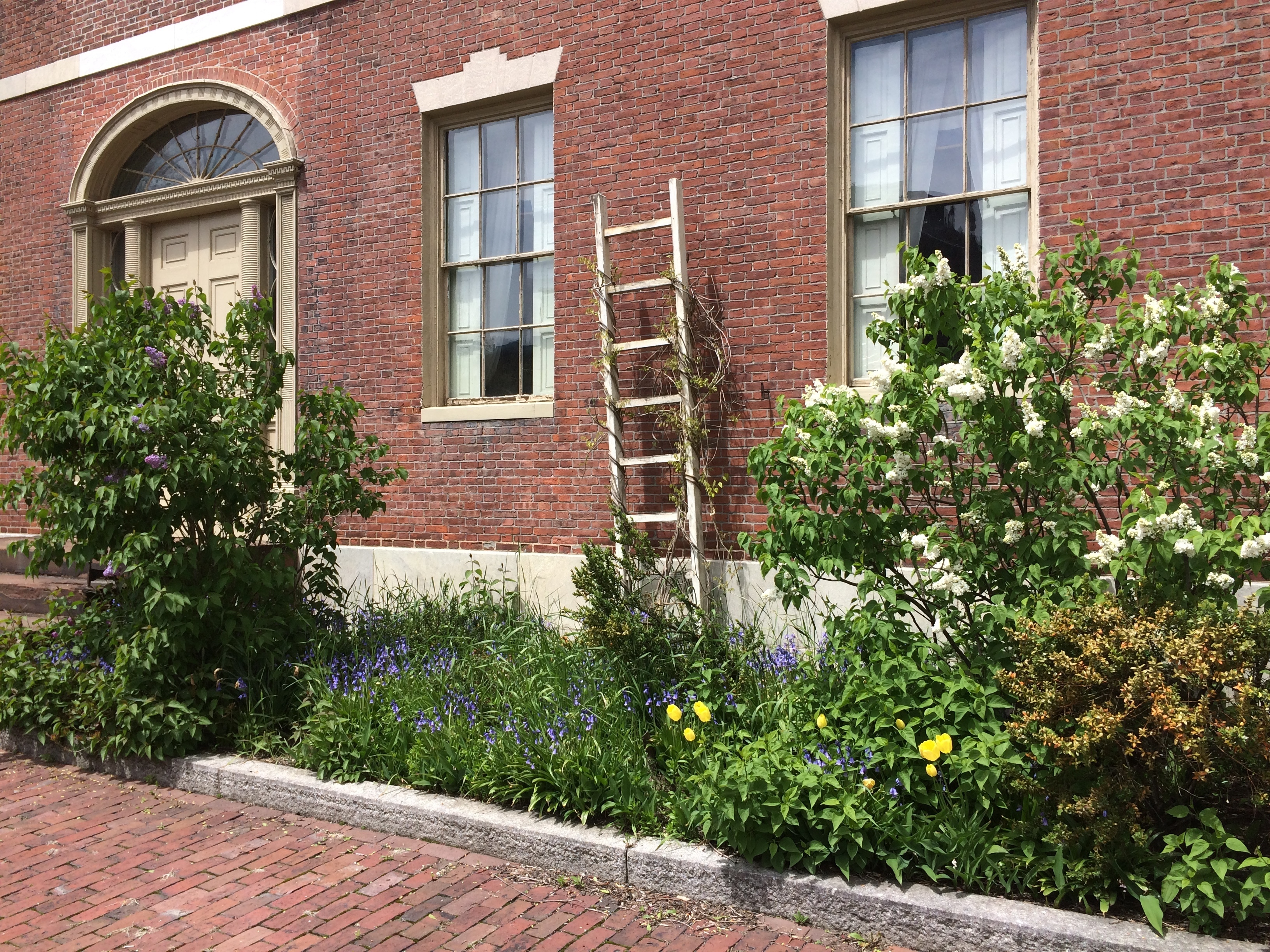
Little is known about the original landscaping of the site. In the eighteenth century, the Federal Direct Tax valuation indicated that the one-third acre parcel rose in a gradual slope from Cambridge Street with seventy feet of frontage. Two references to landscape plantings are contained in Harrison Gray Otis’s letters to his wife, Sally, regarding the sale of the property in 1801. They suggest that the site was laid out with ornamental trees and garden plantings.
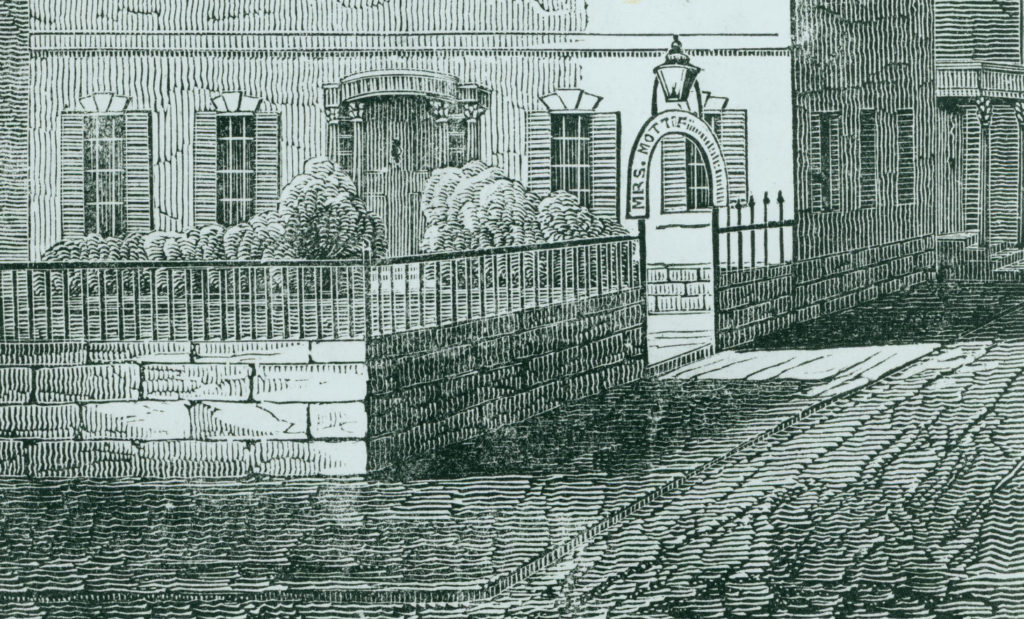
Since 1834, as shown in the woodcut detail, a terrace was built out to allow space for shops, which though in place at the time of this rendering, were not depicted due to artistic license taken by the engraver. The terrace was expanded later in the nineteenth century and included storefronts that stood until 1925, ultimately razed to accommodate the widening of Cambridge Street.
The current plantings on the front terrace reflect the philosophy of the 1970s Otis House restoration; a nod to the simple elegance and formal geometry of the Federal style.
The Second and Third Otis Houses
From Bowdoin to Beacon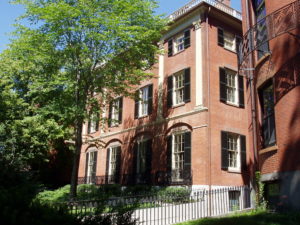
Preserved with relatively few changes to the exterior, the second of three houses that architect Charles Bulfinch designed for Harrison Gray and Sally Foster Otis was built in 1800 on Mt. Vernon Street, and is composed of a lower arcaded story ornamented with monumental Corinthian pilasters above. The house is privately owned, and is one of the few free-standing houses remaining on Beacon Hill. Number forty five Beacon Street was the third mansion designed by Bulfinch for the Otises within a span of ten years. Each of the Otis mansions was considered to be grander than the one before, and this one would have been considered the quintessence of elegance in the year it was built, 1806. Originally free standing and known for its lavish entertainments, the house was occupied by Harrison Gray Otis for forty two years. Today it is the headquarters of the American Meteorological Society.
